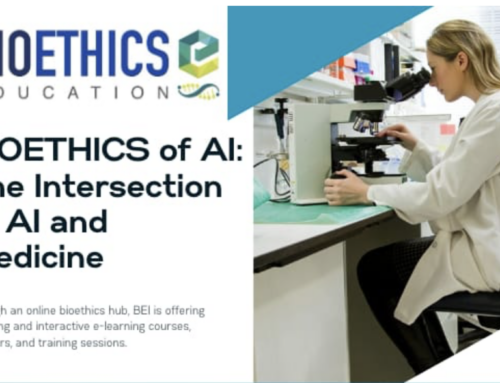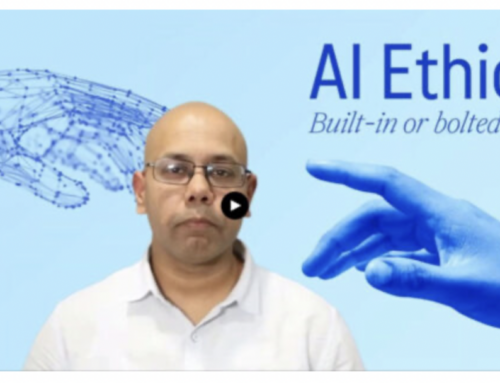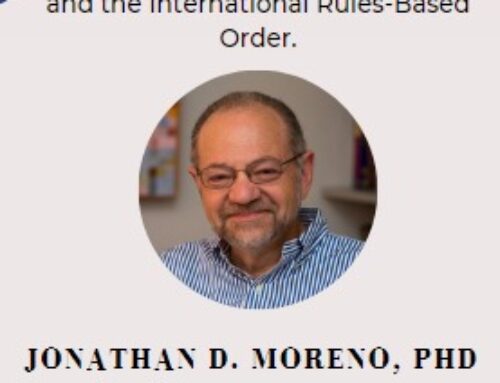by Michael S Dauber, GBI Visiting Scholar
According to a recent story by John Rasko and Carl Power in The Guardian, surgeon Paolo Macchiarini’s research in artificial windpipes, previously hailed as pioneering medicine with the promise to save many lives, has been exposed as a fraud. Miacchiarini had previously received public praise for creating artificial windpipes by grafting stem cells onto plastic frames, which allowed him to “grow” new trachea for his patients.
While much of the scientific community was eager to believe Miaccharini had made significant breakthroughs, not everyone was convinced. According to a Swedish TV series called Experimenten, most of Miaccharini’s patients died within a few years of their procedures, and it was unclear that the experimental surgeries actually helped: in fact, they may have made matters much worse. Deeper investigation revealed that Macchiarini had actually falsified much of his data, and that institutional checks that normally prevent fraudulent individuals from being hired had been ignored. For example, according to an “external inquiry,” he was hired by the Karolinska Institute in 2010 despite various fraudulent, concerning, and questionable information on his resume (including a claim from a reference that he had been “blocked from a professorship in Italy”). The report also found that there had been inappropriate contact between Macchiarini and the Karolinska Institute’s Vice-Chancellor during his recruitment.
Even more troubling, the Institute failed to comply with government regulations designed to ensure research and clinical interventions are practiced ethically. According to Rasko and Power, Macchiarini failed to test his artificial airways in animals before implanting them in three human patients, and he did not apply for approval from an institutional review board or other ethics committee, despite the fact that Stockholm’s board was housed at the Institute. While animal experimentation itself is controversial in many spheres, almost all medical innovations must pass rigorous testing in animals before they are ever attempted in humans. In his defense, Macchiarini claimed that he was not engaged in research, but in “compassionate use” interventions. Compassionate Use exceptions allow some patients to receive access to experimental treatment when they have no other options left. Yet compassionate use medications or interventions are typically being tested in clinical trials as well: they are not supposed to provide investigators with a short cut to faster results. This sentiment is captured in special restrictions in the United States, for instance, that forbid data from compassionate use cases from contributing to the traditional approval process.
As Rasko and Power note, Macchiarini’s story is far from an isolated case: researchers conducting stem cell experiments are more than twice as likely to retract their papers, though not all of those cases are necessarily the result of fraud. They point to the cases of Hwang-Woo Sook and Haruko Obokata, who falsely claimed to have cloned human embryonic stem cells and of creating stem cells from ordinary body cells, respectively. Moving away from stem cell research, another highly visible ongoing case of possible research fraud is that of Xiaoping Ren and Sergio Canavero, two surgeons planning to perform the first human head transplant: while Canavero claims to have successfully performed the procedure in animals, nobody has been able to verify their claims, and experts are doubtful that any of their data is accurate.
However, Macchiarini’s case is a clear example of the ways in which institutional checks and balances that ordinarily ensure ethical research can break down when recruiters become star-struck, institutions wish to be associated with an individual’s achievements, or clinicians are eager to jump at the prospect of an innovative, effective new treatment. The medical community, the media, and the general public are constantly looking for new advances in medical technology: scientists welcome such developments as an opportunity to advance their knowledge; clinicians see the prospect of helping their patients; patients and their families see hope; and journalists often see the thrill of an exciting new story that seems like something out of a science fiction novel. All of these factors surely played a role in making Macchiarini’s rise, and now his fall, as dramatic and interesting as it was.
No matter how exciting new developments may sound, however, we must all remain vigilant. Rasko and Powers warn that we should “be wary of medical messiahs with their promises of salvation.” This is certainly true in light of the all-too-frequent examples we see of therapies that sound too good to be true. But perhaps simple skepticism is not enough. Many contemporary scientists find it difficult to replicate each other’s results in the lab, a necessary part of determining if research conclusions are justified. Perhaps, when research results seem to dramatically shift the landscape of our medical knowledge so much, so quickly, the proper response is reasoned disbelief. At the very least, we must be vigilant not to relax oversight for researchers who produce appealing results. Indeed, to prevent the rise of figures like Macchiarini, perhaps even more protections are necessary when researchers drift closer to superstardom.








Leave A Comment